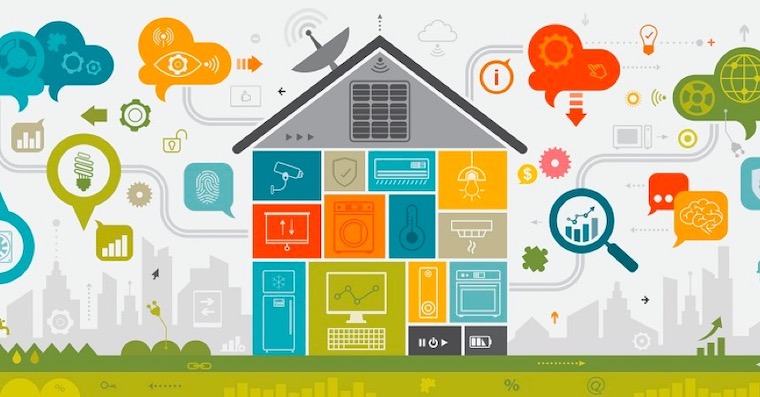Commercial message: Today, the smart home is far from being the prerogative of enthusiasts in the field of modern technology. Arrange and operate sophisticated smart home, which takes care of most common tasks with ease, even a less experienced user can handle. Let's see how to get started with a smart home controlled by voice assistants!
What are the benefits of a smart home?
What can such a smart household actually do? In short, there are really no limits to imagination here. Whether you just want to improve the evening atmosphere smart lighting, or equip your house from top to bottom smart appliances, cameras a thermostatic heads, it's up to you. However, the result of installing smart accessories should always be that taking care of your home will be easier, faster and as comfortable as possible.The benefits of a properly furnished smart home are very nicely demonstrated in daily routines. We get up in the morning, say the magic word and coffee maker he is already preparing our favorite coffee in the kitchen, the lights are slowly getting brighter, the living room is warming up a few degrees and we have ideal conditions to start the new day.
Once we are at work, smart cameras in cooperation with sensors they monitor the entire apartment or house and, in the event of a security breach, notify us immediately via smart phone. On the way home from work, we stop at the store, look into the smart fridge from a distance and immediately know what is missing at home. In the evening, we return to a warm house or apartment, where flowers are watered, pets are fed, and smart lock automatically locks the door behind us. You control everything using a simple application or through voice instructions. Doesn't that sound good?
The real fun starts with voice assistants
The theory sounds good, but how to implement all the smart scenarios and tasks in the simplest possible way in practice? The real and true potential of a smart home can only be unlocked with voice assistants. The most popular smart home control applications have voice control integrated (unfortunately, we still have to rely only on English).
The Apple HomeKit system naturally uses the old familiar assistant Siri. It perceives all compatible connected elements of your smart home and can work with them efficiently. For example, Siri is able to handle all commands such as "set room temperature to 20 degrees" or "turn off the lights". To control the smart home through the voice assistant Siri, you can use a device with the version of the operating system iOS 10 and higher, Apple TV, smart watch Apple Watch or a smart speaker Apple HomePod.
TIP: Smart home products compatible with the system Apple HomeKit they are often marked with the "Works with Apple HomeKit" logo.
Of course, Siri is not the only assistant that takes care of your smart home. It creates the closest competition Google with your Google Home + grouping Google Incsinstant a Amazon Alexa with an assistant of the same name.
The central unit as the heart of a smart home
In general, the central unit, or if you prefer a smart speaker, forms the heart and brain of the entire smart home. Apple Lossless Audio CODEC (ALAC),, as is traditionally the case, goes in a slightly different direction from the beginning – the centralization of a smart home does not require a specialized hub with the ZigBee/Z-Wave communication protocol. It can handle the vast majority of necessary tasks iPhone himself.
Despite all this, Apple also offers its variant of the central unit in the form of the Apple HomePod with a built-in Siri assistant. Thanks to the speaker, the control and interconnection of the smart home is a bit more tuned and easier. At the same time, in addition to the controls, the Apple HomePod can also be used with applications for streaming music (Spotify, Apple Music, YouTube Music), weather forecast or an overview of the latest news. Microphones in the central unit are designed to be able to recognize your voice even under very adverse conditions (e.g. during loud music).
TIP: A properly furnished and connected smart home enables the creation of scenarios and automation. This is the ultimate form of controlling your smart home. Scripts can trigger several different actions at once (e.g. "Good morning" scenario), while automation triggers actions without your knowledge when a predetermined condition is met (e.g. locking the house after you leave).

Discussion of the article
Discussion is not open for this article.


